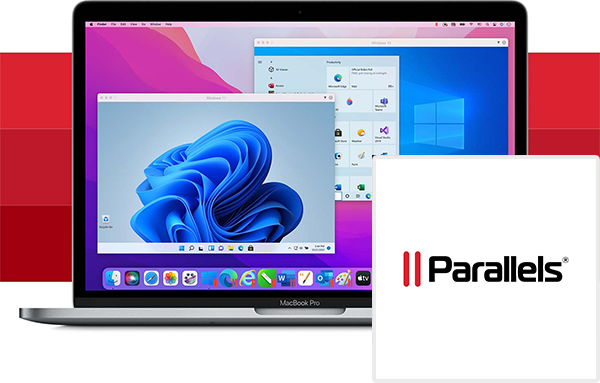In an era where versatility is key, the demand for software solutions that seamlessly integrate different operating systems has never been higher. Parallels Desktop stands as a beacon in this landscape, offering a bridge between the Mac and Windows worlds. This article delves into the features, performance, and user experience of Parallels Desktop, aiming to provide a comprehensive review for users contemplating the integration of these two powerful operating systems.
User Interface and Installation
Parallels Desktop greets users with an intuitive and user-friendly interface. The installation process is straightforward, allowing even those with limited technical expertise to set up the software with ease. The software’s clean design facilitates effortless navigation, ensuring that users can quickly access the tools they need to configure their virtual environments.
Performance and Compatibility
One of the primary concerns when running a virtual machine is performance. Parallels Desktop, however, excels in this aspect. The software harnesses the power of Apple’s hardware to deliver a smooth and responsive experience, even when running resource-intensive applications on Windows. Compatibility with the latest macOS updates and Windows versions is consistently maintained, ensuring users can leverage the newest features from both worlds.
Seamless Integration
Parallels Desktop truly shines in its ability to seamlessly integrate Mac and Windows environments. The Coherence mode, for instance, allows users to run Windows applications alongside their Mac apps, creating a unified and streamlined workspace. The software also enables drag-and-drop functionality between the two operating systems, enhancing productivity by eliminating the need for constant file transfers.
Cross-Platform Accessibility
One standout feature of Parallels Desktop is its compatibility with other operating systems beyond Windows. Users can effortlessly run Linux distributions, Android, and even older versions of macOS within virtual machines. This flexibility positions Parallels Desktop as a versatile tool for developers, testers, and anyone needing access to a wide range of platforms.
Performance Optimization and Resource Management
To address concerns about resource utilization, Parallels Desktop incorporates features like the Travel Mode, which intelligently conserves battery life when running on a MacBook. Additionally, users can allocate specific amounts of CPU and RAM to their virtual machines, ensuring optimal performance without compromising the host system’s stability.
Security Measures
Parallels Desktop takes security seriously, implementing features like the Snapshot tool, which allows users to create and revert to snapshots of their virtual machines. This ensures a secure and stable state to return to in case of unexpected issues. Integration with macOS security features further fortifies the overall system.
Conclusion
Parallels Desktop stands as a powerful and user-friendly solution for individuals seeking a seamless fusion of Mac and Windows environments. Its intuitive interface, robust performance, and extensive feature set make it a go-to choice for professionals and enthusiasts alike. As the digital landscape continues to evolve, Parallels Desktop remains at the forefront, bridging the gap between different operating systems with finesse and efficiency.

